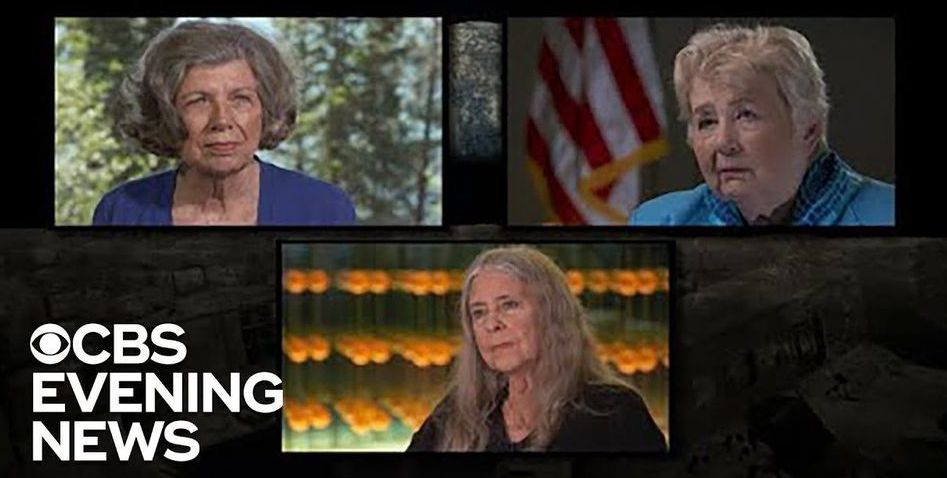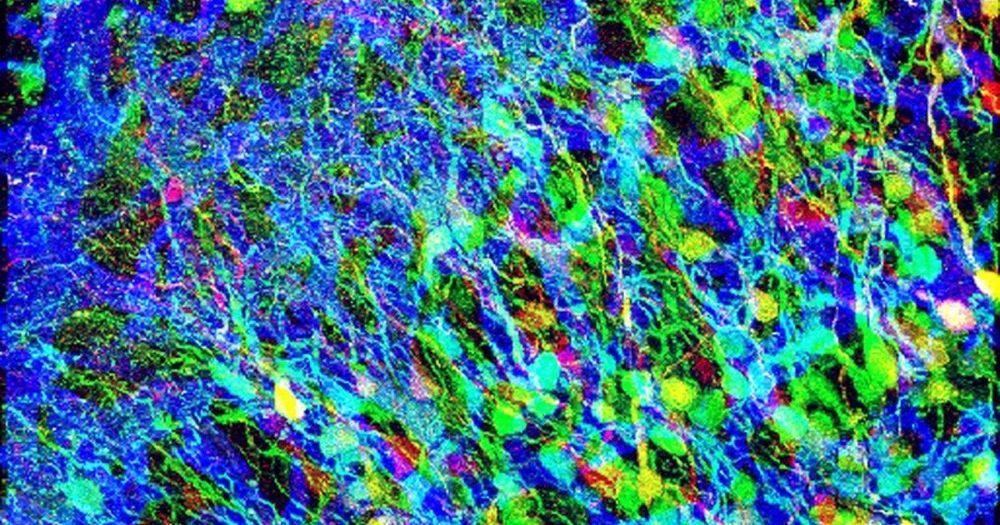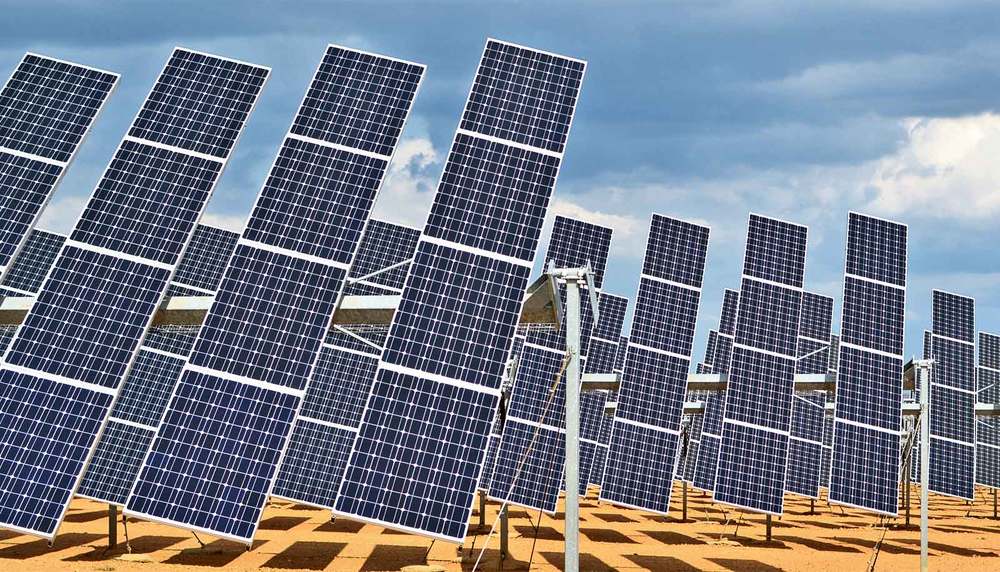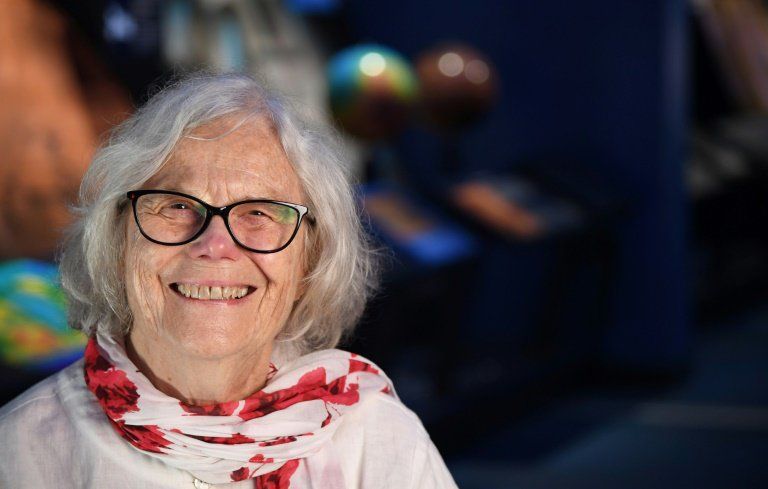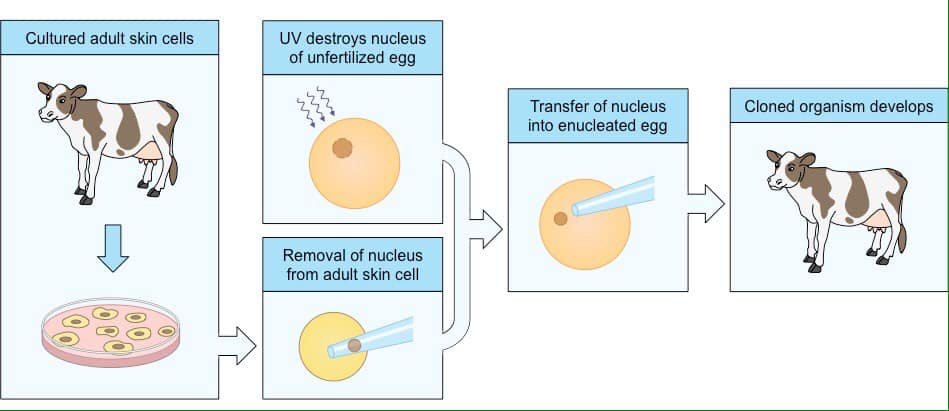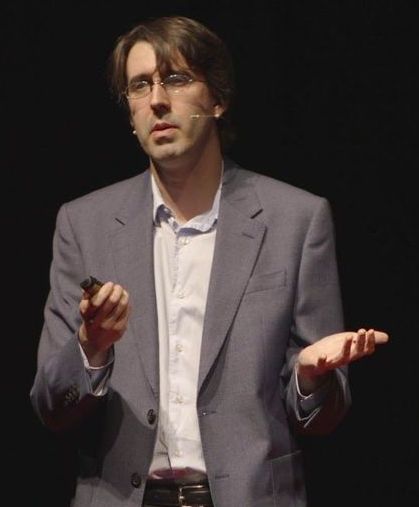
LOS ANGELES (AP) — New research gives some biological clues to why women may be more likely than men to develop Alzheimer’s disease and how this most common form of dementia varies by sex.
At the Alzheimer’s Association International Conference in Los Angeles on Tuesday, scientists offered evidence that the disease may spread differently in the brains of women than in men. Other researchers showed that several newly identified genes seem related to the disease risk by sex.
Two-thirds of Alzheimer’s cases in the U.S. are in women and “it’s not just because we live longer,” said Maria Carrillo, the association’s chief science officer. There’s also “a biological underpinning” for sex differences in the disease, she said.

